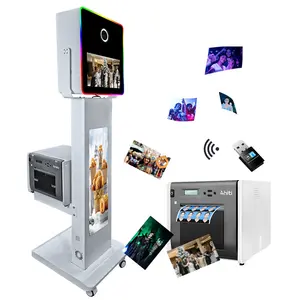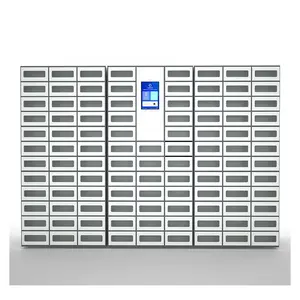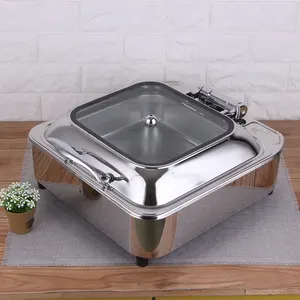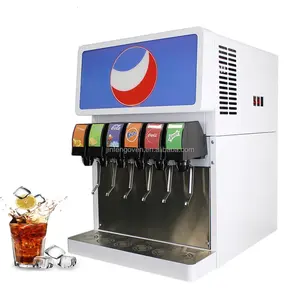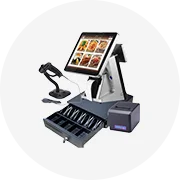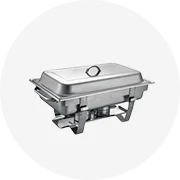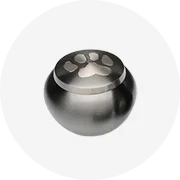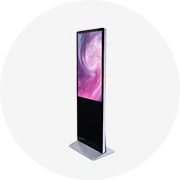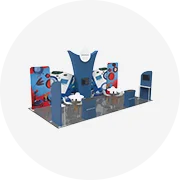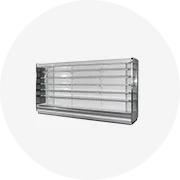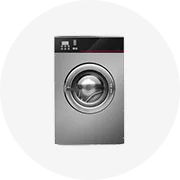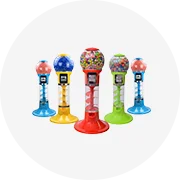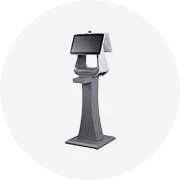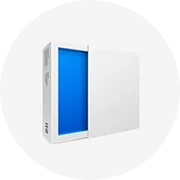Popular in your industry














































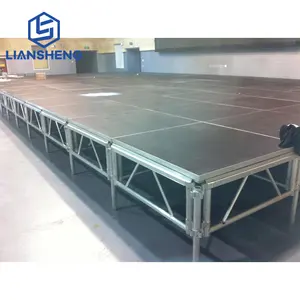





























Related Searches:































































































































































Top categories
About diy lighting truss
Understanding the Purpose of Lighting Trusses in DIY Projects
Lighting trusses serve as versatile frameworks that provide structural support for suspending lighting fixtures, audio and visual equipment, and various items essential for events, stages, and displays. These trusses are meticulously crafted with the end-user in mind, whether it be a professional event organizer, a DIY enthusiast, or a business owner seeking to elevate their venue or presentation. The primary objective of lighting trusses is to offer a secure and steady mounting solution for equipment and fixtures, allowing for precise positioning to achieve the desired lighting effects.
The concept behind lighting trusses is simple: they are constructed to be robust and dependable, often using materials like aluminum or steel for their durability and strength. These trusses are typically lightweight in relation to their load-bearing capacity, facilitating easy transportation and assembly without requiring heavy machinery or specialized labor. Their design commonly incorporates connection points (such as spigots or bolts), diagonal bracing for enhanced stability, and a variety of lengths and shapes to accommodate diverse setups.
Lighting trusses cater not only to professionals but also to individuals looking to create customized lighting arrangements for personal or recreational purposes. They are suitable for temporary setups like weddings, parties, or art installations, as well as for permanent installations in venues like clubs, theaters, or studios. Featuring an open and modular design, they offer limitless configurations and can be seamlessly combined with other truss accessories to achieve intricate lighting designs.
Diverse Varieties of Lighting Trusses for DIY Projects
Lighting trusses designed for DIY projects come in a range of types to meet various needs. Here is an overview of some commonly utilized truss variations:
-
Aluminum Alloy Truss: Renowned for its strength-to-weight ratio, aluminum alloy truss is a favored option for both indoor and outdoor events like weddings and stage performances. It is available in different shapes such as square, triangle, or rectangle to accommodate diverse setups.
-
Steel Truss: Recognized for its durability and strength, steel truss is commonly employed in heavy-duty applications such as industrial settings or large-scale events. It provides a rigid structure capable of supporting substantial loads without deformation.
-
Stage Lighting Truss: Tailored for stage productions and concerts, this type of truss may feature adjustable height and width options to create a bespoke stage layout.
-
Roof Truss: Utilized in construction for constructing roofs or temporary structures, roof trusses are relevant for DIY projects requiring overhead space. They form the foundational framework for various covers or can be used as-is for open-air structures.
-
DJ Truss: Designed for portability and swift setup, DJ truss is ideal for mobile arrangements at weddings or parties. It allows for the attachment of lights and other equipment while presenting a sleek appearance.
Each type of truss has distinct common applications based on its material characteristics and design attributes. When selecting a truss for a DIY project, it is crucial to consider both its load-bearing capacity and ease of assembly.
Guidelines for Choosing Lighting Trusses for DIY Projects
Opting for the suitable lighting truss for your DIY project involves evaluating several fundamental factors:
-
Load Capacity: Evaluate the weight of the fixtures that will be suspended on the truss. Choose a system that can securely uphold the load without compromising structural integrity.
-
Span Length: Determine the distance that the truss must span. A longer span may necessitate a more robust support system.
-
Material Durability: For outdoor or frequent usage, select a material capable of withstanding weather conditions and regular handling.
-
Assembly Requirements: Consider the ease of assembling and disassembling the truss. This factor affects both the initial setup time and future maintenance.
-
Budget Constraints: Ensure your purchase aligns with your budget while also considering potential resale value if sustainability is a concern.
By carefully weighing these considerations against your project's specific requirements and budget limitations, you can make an informed decision that guarantees efficiency and safety in your lighting setup—whether it is for a small-scale event or a more enduring installation.
Insight into Lighting Trusses for DIY Projects on Alibaba.com
Alibaba.com stands out as an exceptional marketplace for procuring wholesale lighting trusses for DIY projects due to its extensive supplier network offering a wide array of options. For businesses seeking lighting trusses tailored to diverse needs spanning from small-scale events to large outdoor performances, Alibaba.com provides a convenient platform for connecting with suppliers worldwide.
The emphasis on facilitating seamless international trade on Alibaba.com is evident through its user-friendly interface supporting local languages and mobile accessibility. The platform's Trade Assurance service further ensures that payments are safeguarded until delivery is finalized—a testament to its dedication to customer satisfaction and secure transactions.
Choosing Alibaba.com as your sourcing platform unlocks a realm of possibilities where you can discover customized solutions suited to your specific requirements. Whether you aim to illuminate a garden party or orchestrate a professional production, Alibaba.com offers an assortment of lighting trusses promising quality and reliability at a competitive cost.
Frequently Asked Questions about Lighting Trusses for DIY Projects
What is the primary material used in lighting truss systems for DIY projects?
The primary material for lighting truss systems is aluminum alloy, valued for its strength-to-weight ratio and durability, making it suitable for indoor and outdoor applications due to its resilient and lightweight nature.
How do I determine the load capacity of a lighting truss system?
The load capacity of a lighting truss system depends on the material strength and design. Consulting with the manufacturer regarding the maximum load it can safely support is crucial to ensure the system's integrity during use.
Are there different types of lighting truss systems suitable for both indoor and outdoor use?
Yes, aluminum alloy truss systems are versatile and can be utilized for both indoor and outdoor purposes. It is essential to choose a system with adequate strength and corrosion resistance for outdoor applications.
Can lighting truss systems be customized to fit specific project requirements?
Many suppliers offer customizable options for lighting truss systems, including size adjustments, material selections, and additional features like powder coating or specific structural designs to meet unique project specifications.
What are the benefits of using LED lighting truss systems?
LED lighting truss systems offer energy efficiency, low heat emission, and prolonged lifespan, making them a viable choice for sustainable and cost-effective lighting solutions across various settings.
How does the choice of material affect the transportation and setup of lighting truss systems?
The material choice influences the portability, weight, and overall durability of lighting truss systems. Aluminum alloy, being lightweight and easy to transport, is ideal for mobile applications, while steel, though heavier, provides increased rigidity and load capacity.
What is the significance of choosing a lighting truss system with a powder coating finish?
A powder coating finish adds an additional layer of protection against environmental elements such as moisture and UV exposure, extending the system's lifespan by preventing corrosion and wear.
How do I ensure that the lighting truss system I select is safe for use in public spaces?
Look for lighting truss systems that adhere to safety standards relevant to your industry and application. Additionally, consider systems with features like corner braces or adjustable stability to ensure safety during use.
What factors should I consider when choosing a lighting truss system for a performance venue?
For performance venues, prioritize truss systems offering professional-grade construction and design flexibility to accommodate diverse configurations required for various events. Also, assess the system's ease of installation and dismantling.
Can lighting truss systems be extended or reconfigured after setup?
Many lighting truss systems are designed to be modular and adjustable, allowing for versatile configurations that can be easily reconfigured or extended as needed.
How do I select the right size of a lighting truss system for my project?
Evaluate the space where the truss system will be installed and the area it needs to cover. Also, consider any additional equipment or structures that might require space within the truss.
What are common applications for lighting truss systems beyond concerts and events?
Lighting truss systems are frequently used in retail displays, themed environments, trade shows, and architectural lighting designs owing to their adaptability and aesthetic appeal.
Are there environmentally friendly options for lighting truss systems?
While most lighting truss systems are metal-based, some suppliers may offer eco-friendly alternatives using sustainable materials or incorporating energy-saving features. It is advisable to inquire with suppliers about their eco-friendly product offerings.

